Cloud data analytics solutions are the saviors of enterprises managing massive data sets.
The adoption of cloud-based setups is set to intensify as most company CTOs are no longer willing to use local on-premises systems for various reasons.
The role of cloud analytics was made known when companies began using BI (Business Intelligence) solutions for quick and easy decision-making.
With a range of unstructured data to collect, manage, analyze, and preserve, leveraging cloud-driven big data analytics & insights can be more profitable than other approaches.
Almost 80% of the global data stored in the enterprise system will be unstructured by 2025. In such a scenario, storing & identifying a huge amount of unstructured data to define global trends, consumer demands, & competitor strategy may turn out to be more challenging than it seems.
Despite all the ifs and buts, switching to cloud-based analytics is a great idea for businesses wanting to make future-proof decisions and stay ahead of the competition.
The Banking, Financial Services, and Insurance (BFSI) sector holds the largest segment of the global cloud analytics market. It's worth discussing why.
Table of Contents:
What is Cloud Data Analytics? How Does It Work?
The process of arranging and analyzing data in the cloud rather than local on-premises storage is referred to as cloud data analytics.
Using cloud computing for big data analytics empowers organizations to access, aggregate, and analyze both structured & unstructured data in one place.
Cloud analytics help businesses handle a huge collection of data and identify errors in ongoing operations. This ensures a better analysis of data trends and the early discovery of potential risks for predictive maintenance.
Let's consider anyone using a local machine to collect, manage, and analyze hundreds of data on a basic computer program. That's well and good. But it won't be so easy when it comes to handling a dozen complex and unstructured data sets on such a setup.
Cloud-based data analytics platforms take over such difficulties in processing large volumes of data with more scalable and affordable setouts.
But how does the union of data analytics and cloud software as a service work?
Cloud analytics work by summarizing large databases and sets into compelling visualizations or charts to define useful insights.
Uses remote data centers over the local servers so that users can access and process data more accurately and quickly.
Helps in boosting the productivity of the team handling valuable data on the cloud with the benefits of enterprise business intelligence solutions.
Boosts collaboration, easy data sharing, and accessibility among users. It also offers great scalability and reduces the maintenance costs of the infrastructure.
Recommended Reading:
What are the Types of Cloud Data Analytics?
There are four types of data analytics models in the cloud. These categories are based on different techniques for leveraging cloud-based analytics over on-premises setups.
Let's get some know-how on each of them one by one:
Public Cloud Analytics
Data analytics in a public cloud is a great advantage for businesses that need to take immediate action during a crisis. It works well with new-age technologies such as machine learning, generative AI for business, & serverless analytics.
It is cost-effective and efficient in handling a large number of data sets. For example, Netflix migrated to AWS's public cloud from the private cloud. However, Instagram switched to Facebook's private cloud from a public cloud.
Private Cloud Analytics
Cloud analytics in a private setup provides better security than other methods.
Many giants like Meta (WhatsApp, Instagram, & Facebook) and Target are already using private cloud analytics software with big data implementation.
Hybrid Cloud Analytics
Another approach to accessing & analyzing data is storing it on both on-premises and cloud setups in parallel.
In other words, companies can adjoin private and public infrastructure to analyze data on demand. This will also ensure security as remote servers and hardware will be used for data sharing & connectivity.
Both Walmart and Apple are deploying hybrid clouds and business analytics tools to manage sensitive data.
Being familiar with the above cloud analytics types is not enough for enterprises planning to deploy them in the future. They shall need a professional cloud data analyst to guide them through this path.
Before discussing that, let's first unveil the advantages of Software as a Service, i.e, SaaS data analytics.
Recommended Reading:
Drive higher business profitability with advanced cloud-based analytics services & solutions.
Know moreTop Benefits of Cloud-based Analytics
There are many reasons why cloud-based analytics solutions are in high demand, particularly among BFSI, IT, healthcare, telecommunication, retail, research, supply chain, & manufacturing segments.
Here are the key benefits of introducing big data and the cloud in your analytics strategy.
High Scalability
The advantage is that cloud data analytics allows you to get more storage options for cloud service providers. However, hosting data on on-premises storage will restrict you from doing so.
Expanding storage of your on-premises setup is expensive even though it's much-needed for users.
Easy To Scale Up
Cloud analytics' scalability makes it ideal for businesses with budget limits.
With cloud-based analytics platforms, you won't have to purchase additional hardware every time you want to augment your data sets. One can easily scale up and scale down the data kept on cloud storage.
Ensures Security
Cloud computing is an add-on to what data warehousing and management techniques offer: security. The data is stored across remote servers at different locations, making it less vulnerable to getting affected by disasters.
Furthermore, cloud analytics will secure your data from potential breaches or theft. After all, everything is on a virtual server rather than hard drives or other hardware. Data sharing and access will remain password protected and limited to company resources only.
More Cost-efficient
A huge advantage of cloud analytics is being affordable.
Using the cloud for data analytics can reduce infrastructural costs by 90%. This is because cloud infrastructure lets you pay for only the resources used.
Better Accessibility to Data
The union of cloud and big data management & analytics simplifies the delivery of valuable insights on any device.
It means that a company's resources can view, share, and analyze data using cloud analytics infrastructure with ease.
Besides these benefits, cloud analytics results in better decision-making and predictive analytics for risk management. It also infuses speed and agility into the business process.
Top Features of the Best Cloud Analytics Platforms
Maximize the benefits of a cloud-based analytics platform with the right set of features to use.
Data Sources
Get the latest results for data insights and predictive analytics for project risk management. Attach one or multiple data sources to your cloud computing solution that automatically updates to give you fresh insights.
Data Models
Ask for data models as per your business data sets such as customers, sales orders, products, etc.
Data Sharing
Use this crucial feature to streamline data sharing between teams for more productivity and efficiency.
Data Storage
Consider the data storage needs of your business and look for options that go well with the same.
Analytics Models
Check for prebuilt analytics models for diverse applications in your business or get one developed.
Processing Applications
Redefine your data as per your cloud mobile app strategies & identify potential scenarios, patterns, and trends.
How Can BluEnt Help You Get Maximum Value from Your Data?
Instead of spending extra on local servers, consider switching to a full-fledged cloud-based data analytics platform such as Oracle cloud analytics. If you haven't deployed a cloud-based data analytics platform in your existing set-up, then you may be missing out on lucrative opportunities.
At BluEnt, our professional data analysts are adept at scaling up the power of cloud computing and data-driven analytics for collaborative, cost-efficient, and future-proof decision-making.
Embrace the power of cloud data analytics to summarize, analyze, & utilize real-time insights.
Get cloud data experts at BluEnt!With a portfolio of 1100+ projects from diverse industry domains, BluEnt is a market leader in delivering a broad range of business, engineering, and IT services.
Want to go ahead with cloud computing and data analytics? Get in touch to request a callback.
Check out our recent case study on enterprise data analytics and insights.
Frequently Asked Questions
What are the best cloud analytics tools to use?
There are many cloud analytics tools a business can use via web browsers. The following are the most popular options:
Web Analytics Tools to analyze traffic, engagement, conversions, and other metrics of a website. This will help in improving user experience and revenue generation.
Financial Analytics Tools to track & manage financial statements, expenses, and profits without needing multiple resources.
Sales Analytics Tools to monitor sales performance, customers, & leads from the perspective of different locations, industries, and market trends.
How can I choose the best cloud analytics platform for my business?
Here are some options to keep in mind:
NetSuite
Microsoft Power BI
TIBCO Spotfire
Board
Qlik Sense
Cognos Analytics


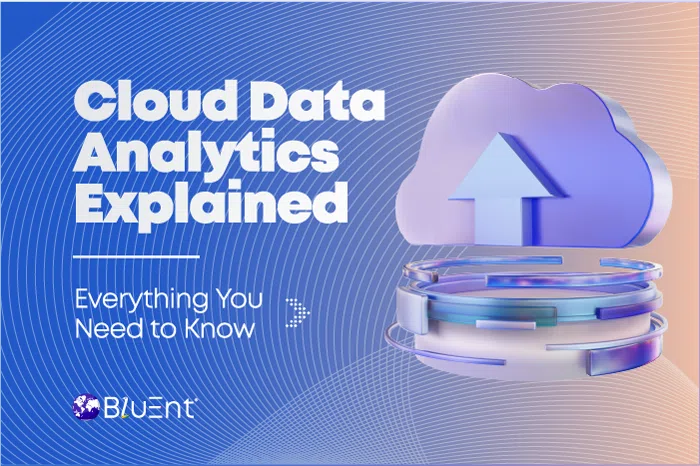
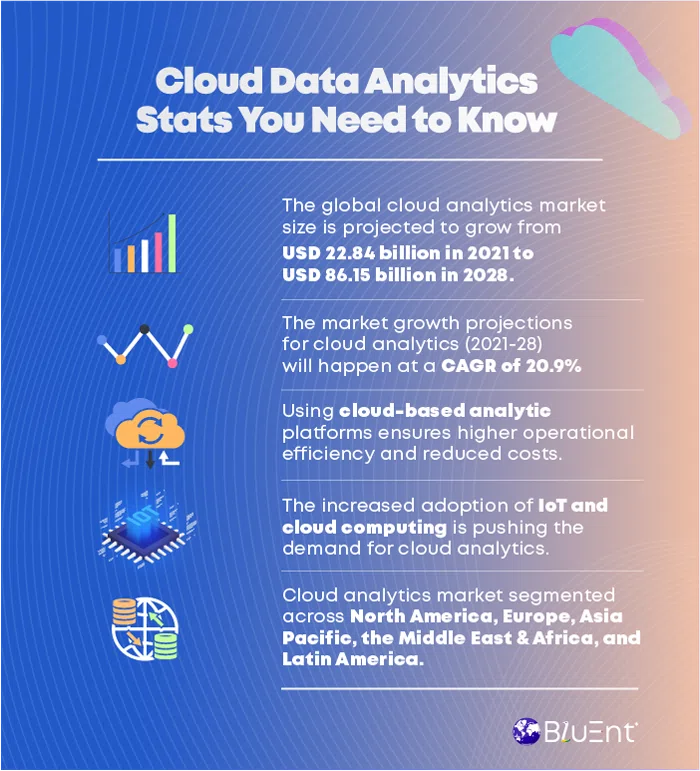
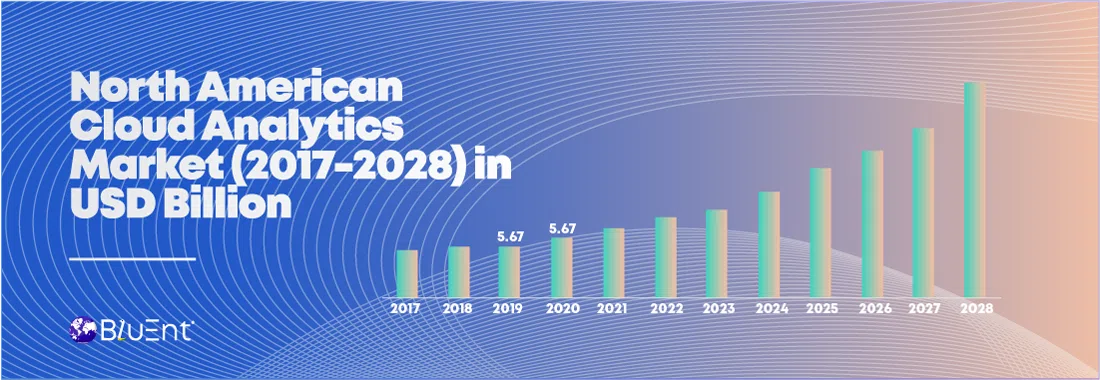
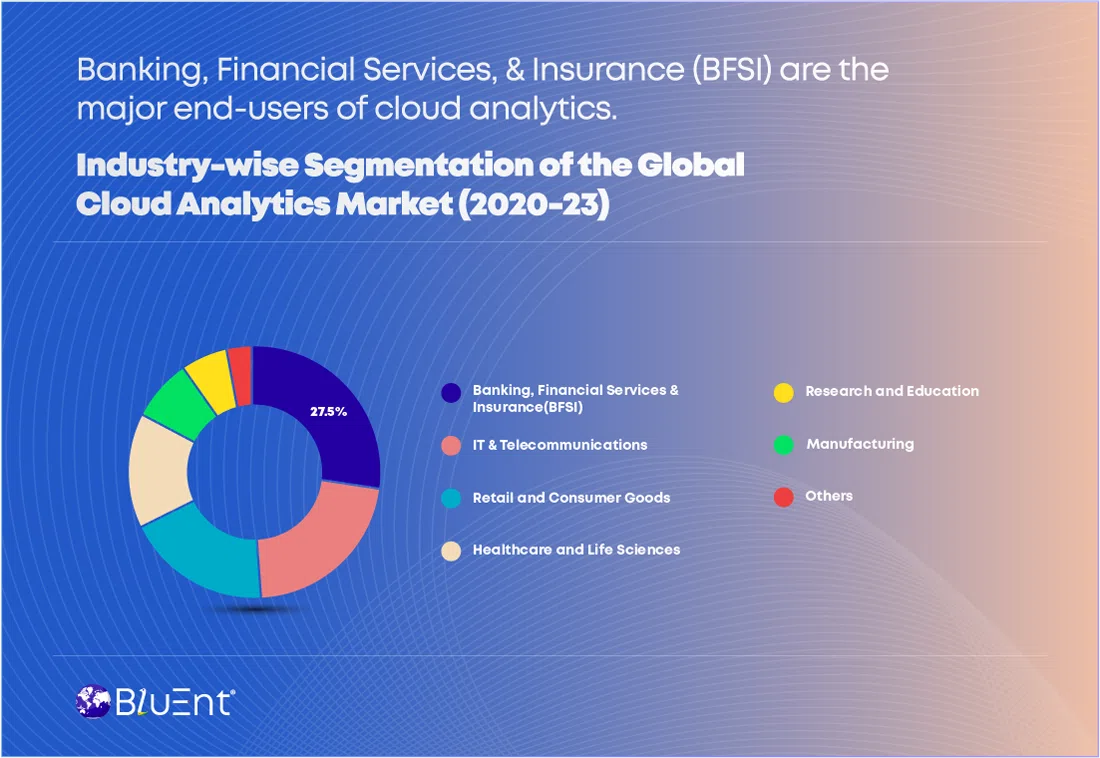
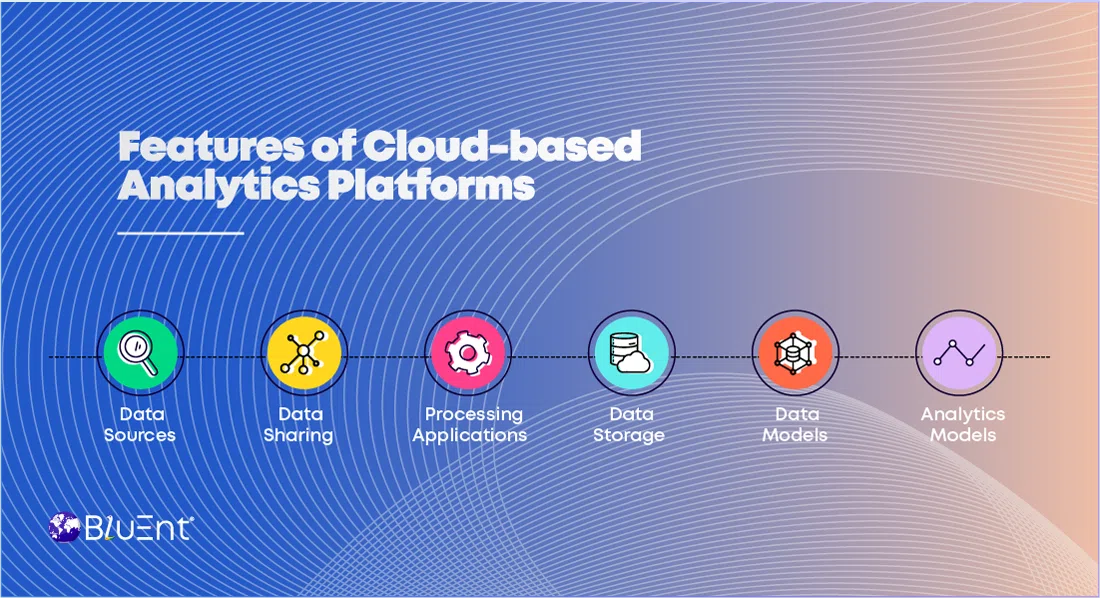
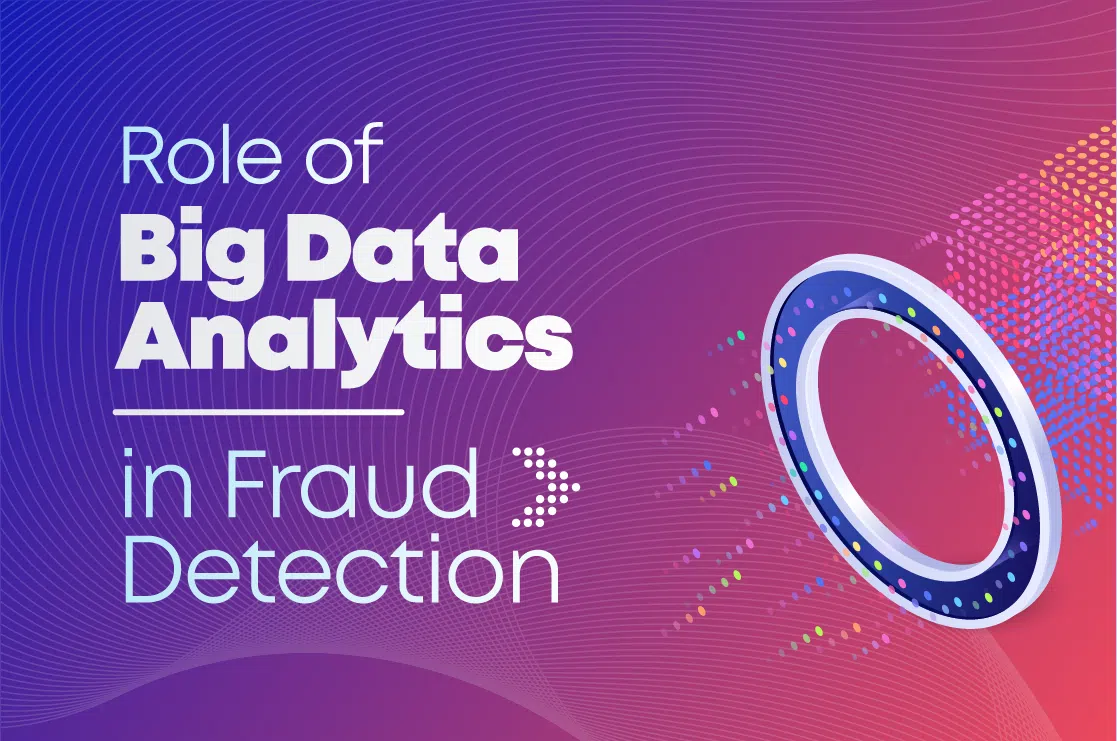 Fraud Data Analytics: How to Detect and Prevent Fraud Using Data
Fraud Data Analytics: How to Detect and Prevent Fraud Using Data 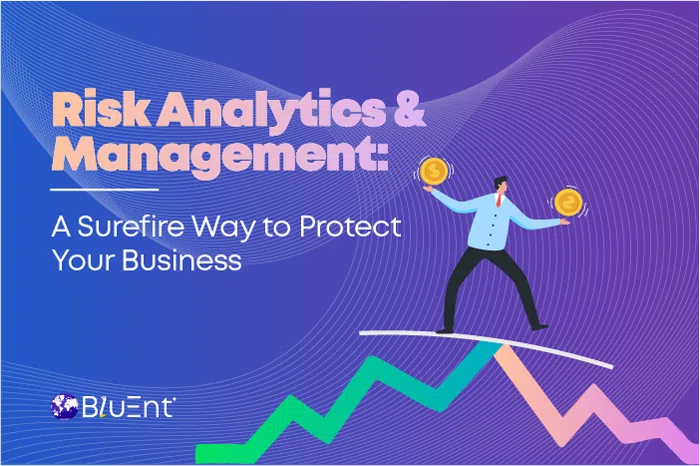 Risk Analysis & Management: A New Approach to Managing Business Uncertainty
Risk Analysis & Management: A New Approach to Managing Business Uncertainty 